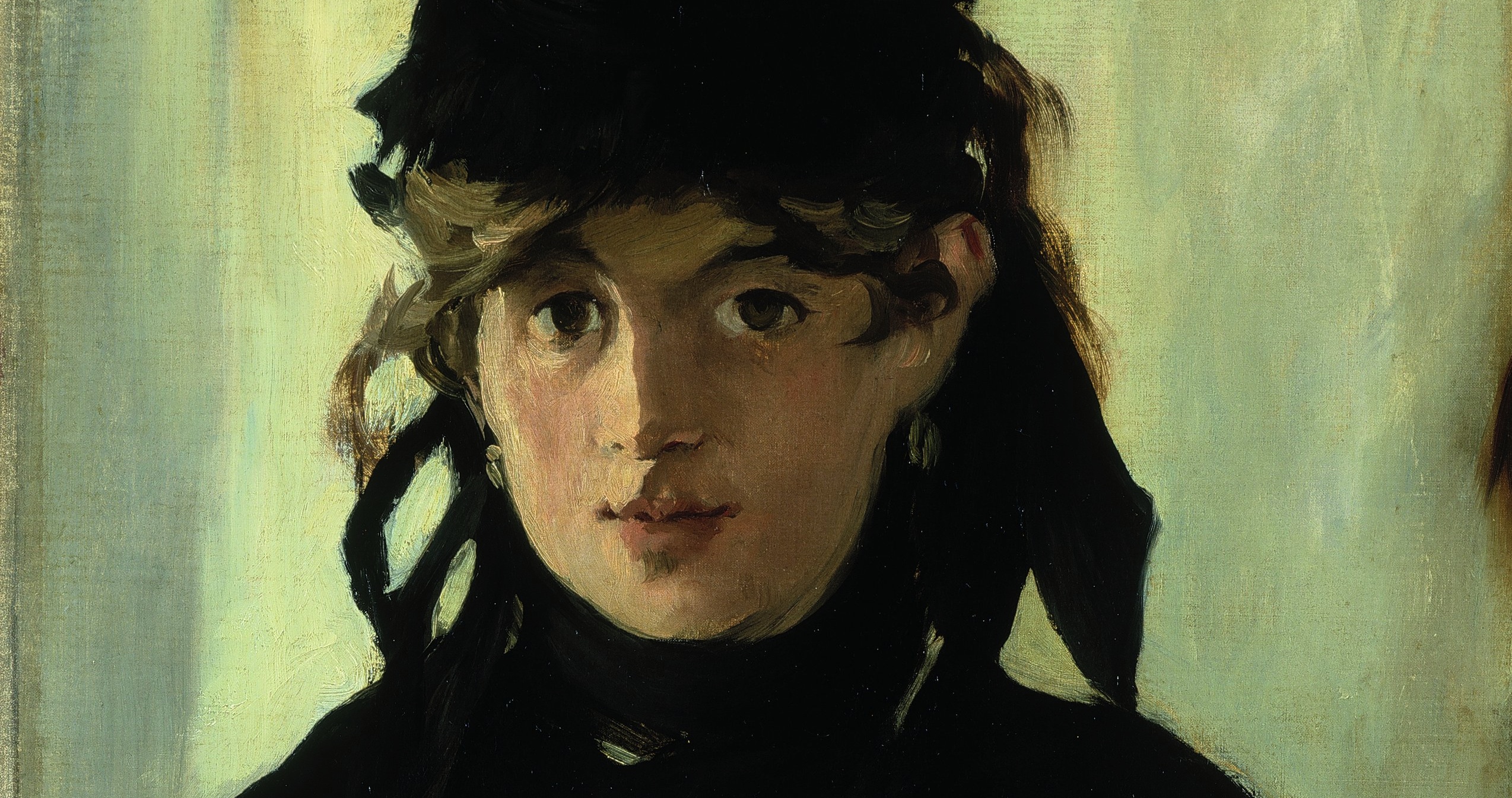Manet’s Modern Life
Leisure time of the Parisian bourgeois; the subversive artistic circle of acquaintances and friends; and the controversial subjects of modern life including the woman at work, and the naked woman of both ‘Le Déjeuner sur l’Herbe’ and ‘Olympia’, have all solidified Manet’s reputation as an artist of the Realist tradition. He controversially heralded the Modern Age, independently breaking from traditional techniques and in the modernist manner, subverted his artistic inheritance whilst retaining its influence.
This – the Royal Academy’s first exhibition to focus on Manet’s portraiture – has been declared the blockbuster exhibition of this year. However, it should be pointed out that although the exhibition boasts over 50 paintings, many of these are filler pieces of little merit or photographs of people Manet knew (in an attempt to draw parallels with his paintings and early photography). It lacks a large proportion of Manet’s greatest and most famous works; notably, ‘Olympia’ is absent and ‘Le Déjeuner sur l’Herbe’ is the lesser-valued Courtauld Gallery version. The thematic organisation of the rooms, beginning with Manet’s family, creates a non-chronological story of Manet’s life and times, rather than depicting his development as an artist. His progression of technique is therefore difficult to follow.
The Royal Academy experience is undeniably one in the company of an almost solely retired, middle-aged and middle-class demographic, whose first point of call is to find snippets of information they can whittle off as gossip amongst their social circle. I frequently overheard idle social conversation entirely unrelated to Manet. So the Academy hits the spot at providing morsel facts and biographical anecdotes to retain and relay. Spotted on my visit, was Stephen Fry who tweeted that it was his fifth time attending the exhibition; perhaps he feels that he can pretend to be anonymous amongst the educated and polite. Social propriety certainly refrained me from approaching him in such a context.
The Royal Academy justifies the inclusion of many unfinished works and ones not originally exhibited by Manet, by suggesting that Manet was never the perfect judge of his own work. Manet was a proponent of the Paris Salon who rigidly refused to exhibit privately with the Impressionists, whom he knew. The Salon judged whether works were sufficiently finished. It is therefore interesting to look at where Manet deemed his work complete and where the Salon concurred. All great artists of course attempt and rework pieces that are eventually unsuccessful, but walking around the exhibition rooms it felt very easy not to linger around those lesser-known works like the pastel portraits, on which there is very little to remark.
Brian Sewell’s scathing response to the exhibition for the Evening Standard is perhaps the most revealing, referring to the portrait of Fanny Claus as an ‘unfinished shambles’, but his is atypical of the general critical reception, which has tended towards a position of praise. Laura Cumming from The Observer, found ‘The Luncheon in the Studio’ “extraordinary startling.” My description will be far less superlative.
The painting shows León, the illegitimate son of Manet’s wife, with an anonymous man and a domestic servant. The posed and affronting stance of the central subject, León, feels at odds with the reticent manner of the servant and the daily life represented in the scene. In fact its characters are all completely unrelated. What instead drew my gaze was the secondary subject, a man who seems important although unlike those featured in most of the works exhibited, he is unidentified. His dark, receding presence is not quite in frame, (an example of Manet utilising a modernist technique that emphasises the restrictive boundaries of the canvas.) The sombre gaze, which is typical of Manet’s subjects, is ultimately far more compelling than that of León, who is depicted as though standing for a portrait inspired by the Old Masters and so appears unwillingly a part of a scene. This picture is a puzzle: the armour, rubber plant and coffee-pot all feel symbolic, but how so? Manet doesn’t say.
Apart from the portraits of the rich and famous, for me the most emotionally engaging works were, and they contrast, that of Berthe Morisot in mourning and ‘The Monet Family in their Garden at Argentuil’. Berthe was Manet’s only pupil, a brilliant artist herself, and this painting is accompanied by the arguably greater ‘Berthe Morisot with a Bouquet of Violets’, featured in the exhibition’s publicity. Were it not for the crowded exhibition space, I could have stood and cried before this painting, as though in mourning myself. You can feel the immediacy of the brushwork, swirling in urgent dark torment in her black veil and the eyes, which speak of anguish too painful to observe.
From this pallid and black painting – quite unlike the Impressionist colour scheme – ‘The Monet Family’ has a joyful colourful palette of verdurous foliage and cornflower blue, accented with red. The influence of early photography is clear in this painting where the effect of the mother and child being in-focus and the background around them, blurred, is that mother’s eyes meet the observer’s, whilst the gardener is muted into the hazy private garden space.
Manet: Portraying Life is being exhibited at The Royal Academy of Arts until 14 April 2013.

Comments